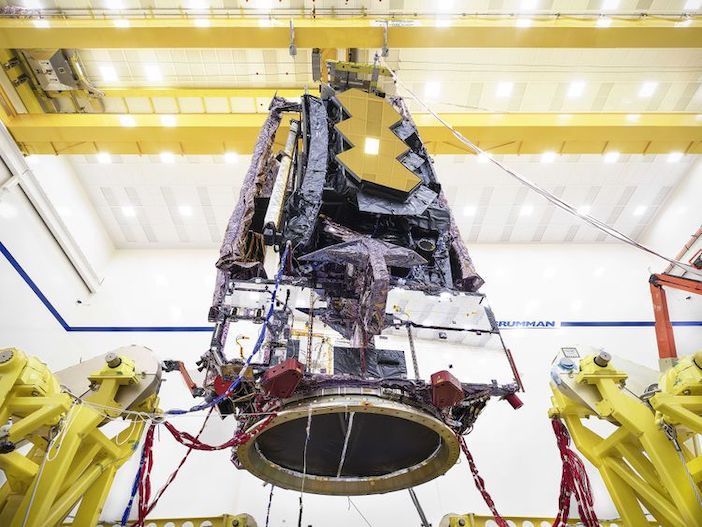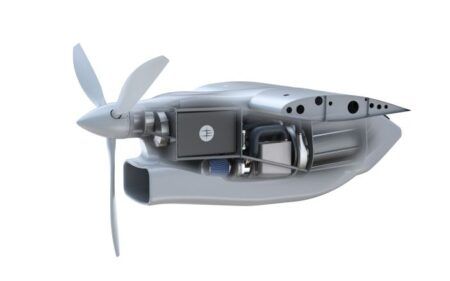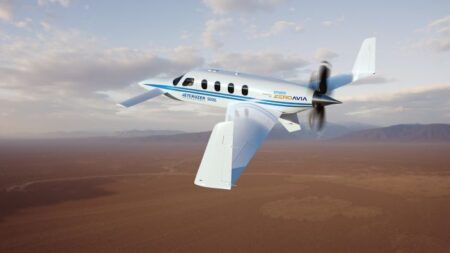Engineers from Northrop Grumman and NASA have completed environmental testing of the James Webb Space Telescope ahead of its planned launch next October from Kourou in French Guiana.
The James Webb Space Telescope is the largest and most powerful space telescope ever built. The program is led by NASA and involves the ESA (European Space Agency) and the Canadian Space Agency.
The environmental testing conducted at Northrup Grumman’s facility in Redondo, California, demonstrated the fully-assembled telescope’s ability to withstand the harsh conditions it will experiences during its upcoming rocket launch and journey to reach its orbit at the second Sun-Earth Lagrange point (L2), approximately one million miles away from Earth.
The tests are Webb’s final two in a long series of environmental tests, before Webb is shipped to French Guiana for launch. The Telescope’s spacecraft element successfully passed environmental testing last year.
Scott Willoughby, vice president and program manager for the James Webb Space Telescope at Northrop Grumman said, “The completion of environmental testing is a major step forward in our preparations for Webb’s historic launch and a testament to the remarkable dedication of the team.”
Webb’s environmental testing consisted of a series of rigorous acoustic and sine-vibration tests spanning several weeks. Webb was first placed in Northrop Grumman’s acoustic testing chamber where it underwent high frequency oscillating sound pressure levels above 140 decibels to simulate the effects of being launched on a rocket. The completion of the acoustic tests and analysis validated that Webb’s hardware, science instruments, structure and electronics can successfully survive the planned rocket launch in a simulated environment.
Following the completion of acoustic testing, Webb transitioned to a separate chamber where it underwent a series of sine-vibration tests on a shaker table to simulate vertical and horizontal accelerations in lower frequencies. The observatory was rigorously exposed to vibration levels on the shaker that are well above the flight environment, exciting its resonances to demonstrate its capability to withstand the flight environment with significant margins.
“The successful completion of our observatory environmental tests represent a monumental milestone in the march to launch. Environmental testing demonstrates Webb’s ability to survive the rocket ride to space, which is the most violent portion of its trip to orbit approximately a million miles from earth. The multinational group of individuals responsible for the execution of the acoustic and vibration test is composed of an outstanding and dedicated group of folks who are typical of the entire Webb team,” said Bill Ochs, Webb project manager for NASA Goddard Space Flight Center in Greenbelt, Maryland.
The next series of major milestones for Webb will require NASA and Northrop Grumman engineers and technicians to deploy the observatory’s five-layered sunshield followed by wing deployments of its primary mirror in order to fully verify Webb’s flight worthiness. Lastly, Webb will undergo a full systems evaluation before it begins preparations for its historic journey to Kourou, French Guiana for its October 2021 launch.





